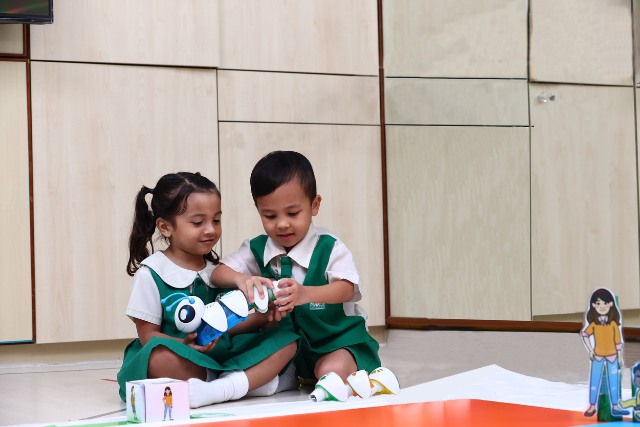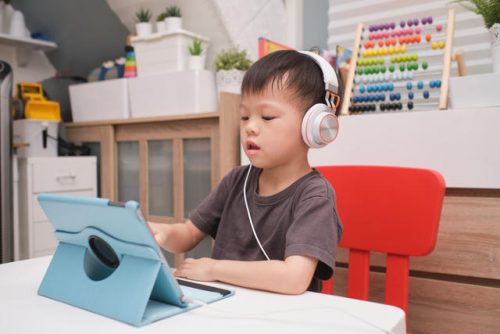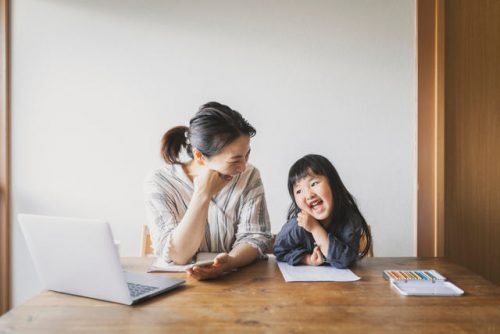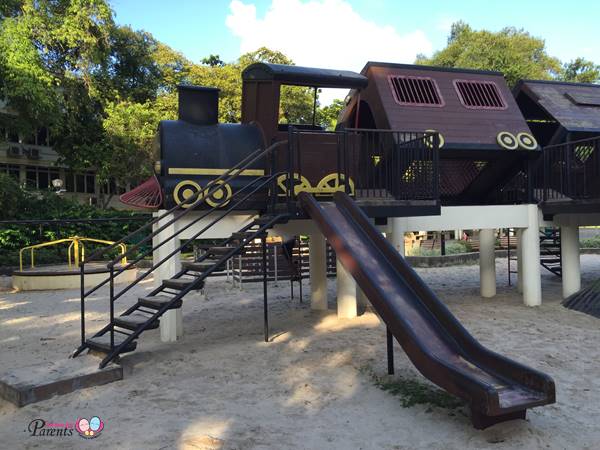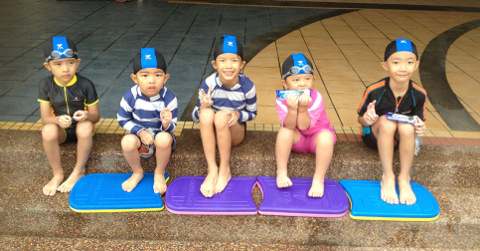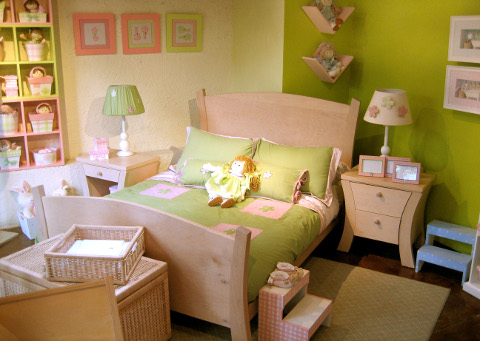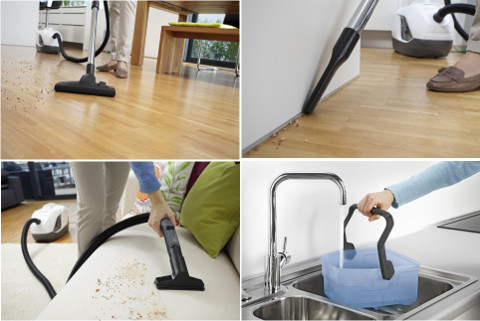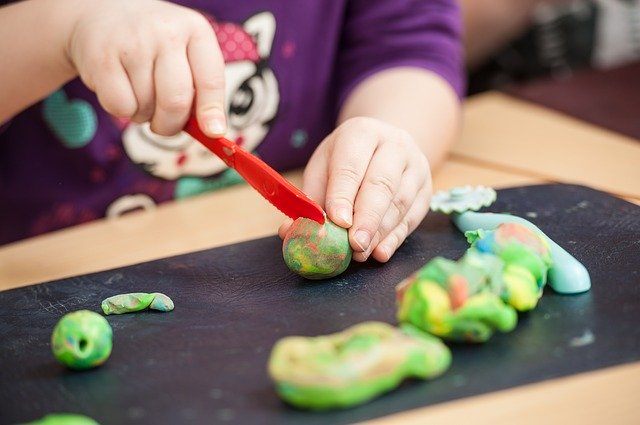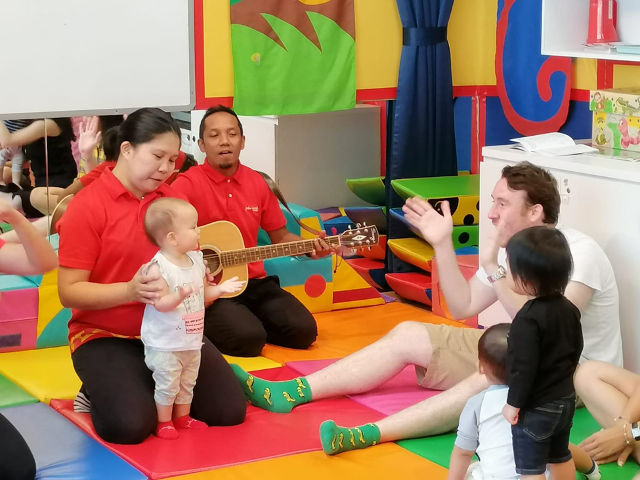With home-based learning becoming a norm in Singapore, setting up a conducive and positive learning environment at home is not just crucial for your kids’ development, it is also essential to keep them actively engaged with the different ways of learning. For home-based learning to be a thriving success for your children, here are a few things that you should take note of:
Set Up a Conducive Space for Learning
The foundation for a good home-based learning experience is to have an environment that is conducive and well-equipped with relevant tools and furniture. Students will spend hours learning in a day, a comfortable space will ensure they’ll remain engaged while a poor setup is bound to discourage them from staying focused during the remote learning process.
To help you make sure your child can learn effectively, start by allocating a quiet space at home with adequate lighting and ventilation for home-based learning. Your children may also need the following items during this home-bound period:
| Item | Cost | Where to buy |
| Study table | S$199 to S$1,299 | Hipvan (Free delivery for orders over S$250) |
| Chair | S$17.90 to S$169 | |
| Laptop | S$389 to S$5,999 |
Courts (Free delivery for orders over S$200)
Lazada |
| Mouse | S$9.90 to S$169 | |
| Laptop Stand | S$15.79 to S$90.49 | |
| Internet Connection | S$29.90 to S$49.90 per month | Starhub |
➡️ Related Read: What Kind of Lights to Use for Studying
A word of caution when making your purchases: Spend within your budget and choose items that are appropriate to your child’s current requirements. There is no need to spend top dollars on a laptop with the best technical specifications if your child doesn’t need them. To optimise savings, you can even consider using credit cards that offer the best cashback values and promotions to make your purchases more worthwhile.
If creating a conducive space for your child requires renovation at home, there are also competitive home loans in the market that can lighten your financial load.
Keep a Consistent Daily Schedule
A switch to home-based learning can disrupt students’ routine and learning patterns. This emphasizes the need to restructure a daily schedule that helps them adapt to the online curriculum and clearly define time slots for activities such as meal times, exercise, social interaction and entertainment.
➡️ Related Read: Importance of Routine in Children
Unlike in-class learning where children get to interact with classmates and engage in real-life activities, home-based learning can be less interesting in comparison. Unless the curriculum is covering a topic that your children are deeply fond of, having a schedule that complements your child’s attention span may produce better results than letting them sit through long hours of online learning. As a gauge, the average attention spans by age work out like this:
| Child’s Age | Attention Span |
| 8 years old | 16 to 24 minutes |
| 10 years old | 20 to 30 minutes |
| 12 years old | 24 to 36 minutes |
| 14 years old | 28 to 42 minutes |
| 16 years old | 32 to 48 minutes |
Motivate with Praises
Mindfully motivating your child with appropriate praises can build confidence, strengthen intrinsic motivation and reinforce positive behaviours that lead to better outcomes. Phrases like “That is really well done!” or “I can see how much you’ve improved, good job!” might seem insignificant but they can be a great source of motivation that pushes your children to try new and more challenging tasks.
Implementing a reward system is also a good way to recognise learners’ improvement. However, don’t adopt a system that is tied to the outcome but positive behaviours that can lead to better outcomes. Consider smaller rewards at shorter intervals to motivate the desired outcome because occasional rewards are unlikely to build momentum for behavioural change.
Instead of using monetary rewards or unhealthy treats like fast-food or sweets, education rewards like reading their favourite stories, a trip to educational sites such as the Science Centre, and local museums, or implementing a reward points system that your children can regularly earn points may have more positive long-term results.
Adapt To Learning Habits of the Child
According to a 1992 study by Neil D. Fleming and Coleen E. Mills, everyone learns differently. The different learning styles can be classified as visual, auditory, reading or writing and kinesthetic.
| Learning Style | Traits | Learning Tips |
| Visual | Seeing, visualising | Use visuals, images, charts |
| Auditory | Listening, speaking | Verbalising what they have learnt |
| Reading or writing | Read written text, writing | Read content and reproduce them in writing |
| Kinesthetic | Touching, doing | Demonstration, hands-on practice and experiment |
Some children are visual learners while others retain knowledge when they can hear the information. If you can understand your child’s preferred method of learning and create a home-based learning environment with that in mind, surely you’ll see exponential growth in no time.
Active Participation
Children tend to learn with more enthusiasm if their parents or significant adults in their lives actively support them or participate in their learning. This becomes increasingly important in home-based learning because teachers and peers are no longer within physical proximity and you are the only one close enough to provide the companionship that they need.
Your active participation should go behind interacting with your children only when they ask questions. Engage them regularly to emphasize important learning objectives, raise questions and initiate discussions. This not only motivates them to learn alongside you but they’ll also feel more secure and supported in the new learning process.
Guest Post from ValueChampion Singapore.
* * * * *
Like what you see here? Get parenting tips and stories straight to your inbox! Join our mailing list here.
Want to be heard 👂 and seen 👀 by over 100,000 parents in Singapore? We can help! Leave your contact here and we’ll be in touch.












